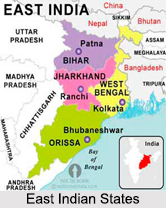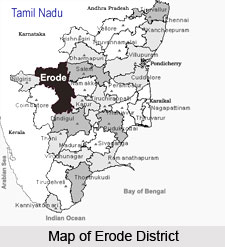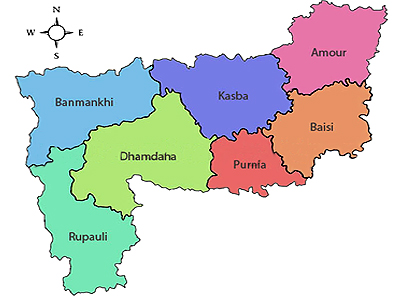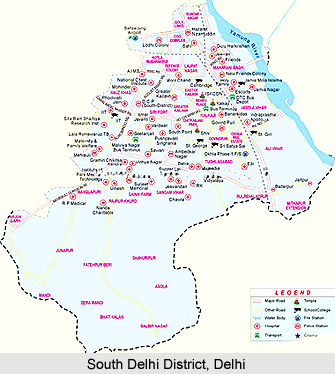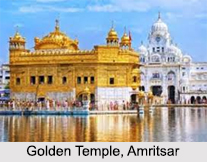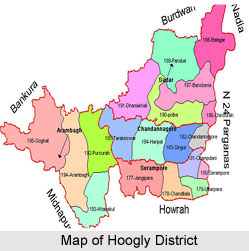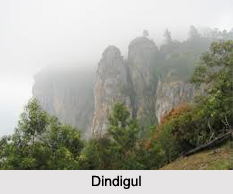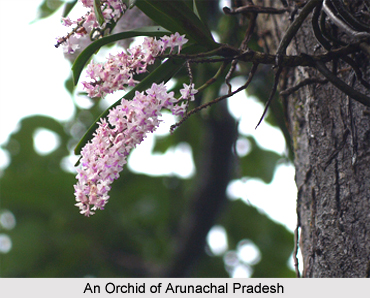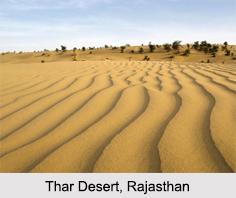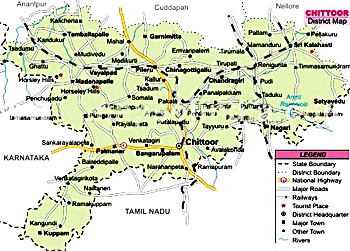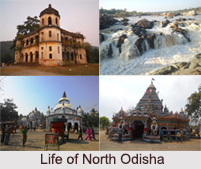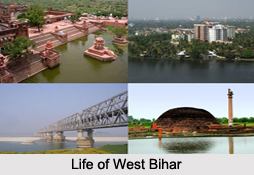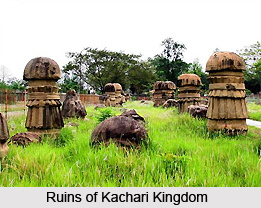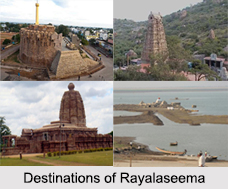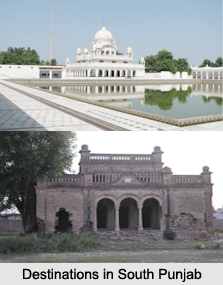 History of Industrial Crafts in Jammu and Kashmir goes back quite a long way since the ancient era. Since times immemorial, Jammu and Kashmir has enjoyed universal fame for the novelty of her industrial manufactures and the exquisite quality of her arts and crafts.
The fact is that some world famous articles like embroidered Shawl, Carpets and Papier mache have become synonymous with the word `Kashmir`. In olden days, the world looked to Kashmir for the supply of the finest quality of paper, silk and woollen textiles, and even glass, guns and sword blades. Kashmir and its valley (Kashmir Valley) has always enjoyed a unique and envious position in the world of industrial crafts.
History of Industrial Crafts in Jammu and Kashmir goes back quite a long way since the ancient era. Since times immemorial, Jammu and Kashmir has enjoyed universal fame for the novelty of her industrial manufactures and the exquisite quality of her arts and crafts.
The fact is that some world famous articles like embroidered Shawl, Carpets and Papier mache have become synonymous with the word `Kashmir`. In olden days, the world looked to Kashmir for the supply of the finest quality of paper, silk and woollen textiles, and even glass, guns and sword blades. Kashmir and its valley (Kashmir Valley) has always enjoyed a unique and envious position in the world of industrial crafts.
Evidences of Kashmiri Art
Historically, the earliest evidence about the existence of some industries in Kashmir is provided by the excavations at Burzahom (Harvan) near the famous Shalimar Bagh. These excavations were first superintended by R. C. Kak in 1925 and later by DeTerra, leader of the Yale Cambridge Expedition in 1936. Among the objects which were unearthed at this place were highly black polished ware, polished bone tools, pointed butt-stone axes, hoes, and pestle and home implements. Titles with geometrical designs were also unearthed. On one of the titles, there is the figure of a lady with transparent robes which indicates the existence of textile industry in Kashmir in ancient times. This is classified as proto-neolithic industry and is of great antiquity. According to some they date back to 3000 to 1800 B. C.
Pottery and Stone-carving in Jammu and Kashmir
Besides textile industry, Pottery and Stone-carving have also existed in Kashmir since ancient times. The archaeological remains at Burzahom, Martand and Avantipura as well as the discovery of stone, copper and brass images provide evidence to this fact. Copper and brass images in particular, point to the existence of an advanced industry of casting and moulding of metals in ancient Kashmir.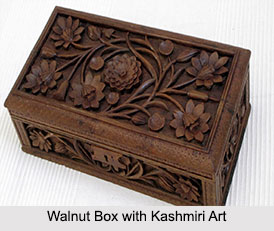
Textile Industry in Jammu and Kashmir
The origin of textile industry of Kashmir lies in the distant past. Its proof is found in Burzahom excavations. When the noted Chinese traveller, Hieun Tsang visited Kashmir in 631 A. D., he found the textile industry in Kashmir in a flourishing state. He has given a graphic picture of this industry and its various branches. Kashmiris were already acquainted with the manufacture of silk in his time. He has mentioned Kansheya i.e. a Silken cloth Calico, Kashauma- a kind of linen, Kambala which was a texture of fine wool as well as a highly prized sort and a kind of superfine wool as the principal textiles produced in Kashmir at that time. The finest of these textiles may be inferred to resemble the shawl of the mediaeval period. In Mahabharata, there is an indirect reference to the existence of silk industry in Kashmir. Similarly Ksemendra`s Narmada and Samaya Matrka and Kalhana`s Rajatarangini refer to the production of woolen blankets and other garments in Kashmir. Pattna (the modern Patan) was a city famous for weaving of cloth.
Use of Glass and Copper Metal in Jammu and Kashmir
Since Rajatarangini makes frequent references to the use of glass, copper and leather, it must be presumed that these industries did exist in ancient Kashmir. The merchant Padmaraja used to send holy water to king Bhoja of Malwa in glass jars made in Kashmir. Kalhana also mentions the use of gold bangles, armlets, rings and other ornaments by kings and queens and as such these industries must have existed in olden times. Masonary and sculpture as well as casting and moulding of metals had attained an advanced degree of perfection in ancient Kashmir. Boat and palanquin making were also common.
Other Works in Jammu and Kashmir
The jewellery, pottery, leatherwork, wood-work and stone-carving were the principal industries in ancient Kashmir and in modern Jammu and Kashmir besides the well advanced textile industry around the world.
Related Articles
Jammu and Kashmir
Culture of Jammu and Kashmir
Costumes of Jammu and Kashmir
Architecture Of Jammu And Kashmir
